This post is for Day 01 of Mercari Advent Calendar 2021, brought to you by @gancim from the Mercari Metadata Ecosystem team.
The Mercari marketplace app was born to create value in a global marketplace where anyone can buy & sell. Thanks to the power of technology, we want people all around the world to easily link up and enjoy the experience of buying and selling with each other. With this, Mercari aims to establish a society where resources are circulated and where people can accomplish their goals. No need to say it is not easy to accomplish. In fact, an online C2C Marketplace is a huge container of unstructured sets of user-generated data. It is not uncommon that different people would try to sell the same product providing very dissimilar information. The main reason is that users can create listings based on their different knowledge, goals, products, and categories.
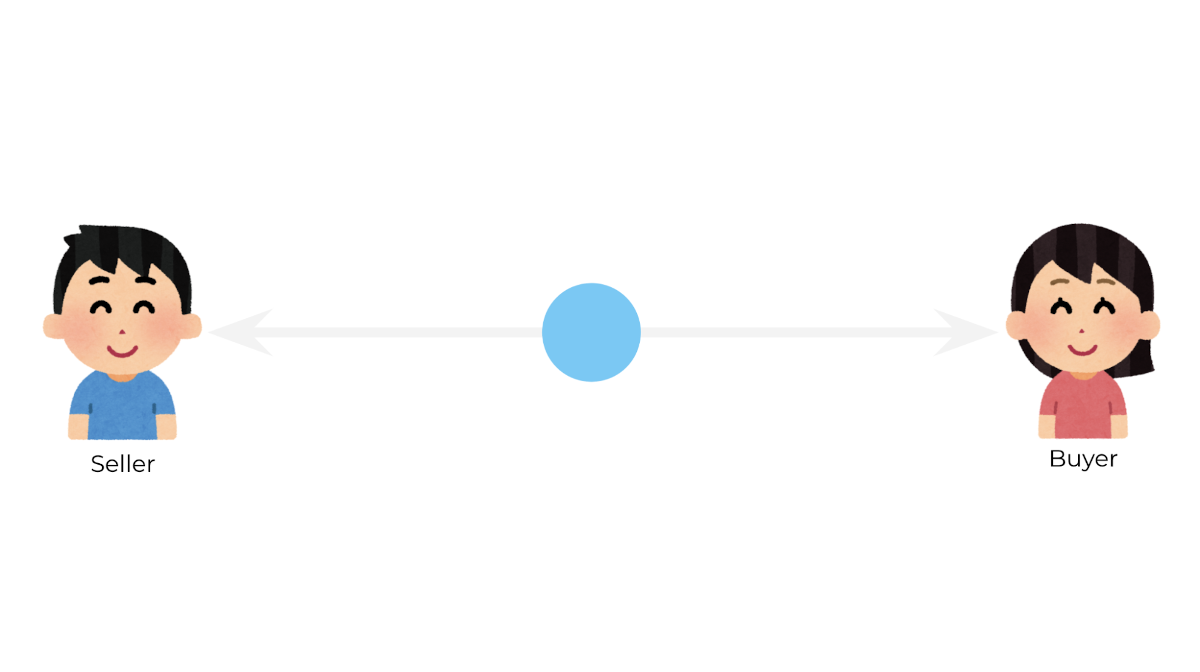
In Mercari, this effect is amplified at its maximum. In fact, with millions and millions of items involved, it is difficult to link seller offering to buyers’ needs. Sellers will provide information that is relevant for them, but not necessarily relevant for potential buyers and their current needs. Consequentially, sellers won’t sell their products, and buyers will get lost on thousands of items far from their dream purchase. Unfortunately, the seller cannot read the buyer’s mind so we are working hard to help both sides enabling a more smooth and satisfying experience.
A very powerful and important tool we are using to solve this problem is metadata.
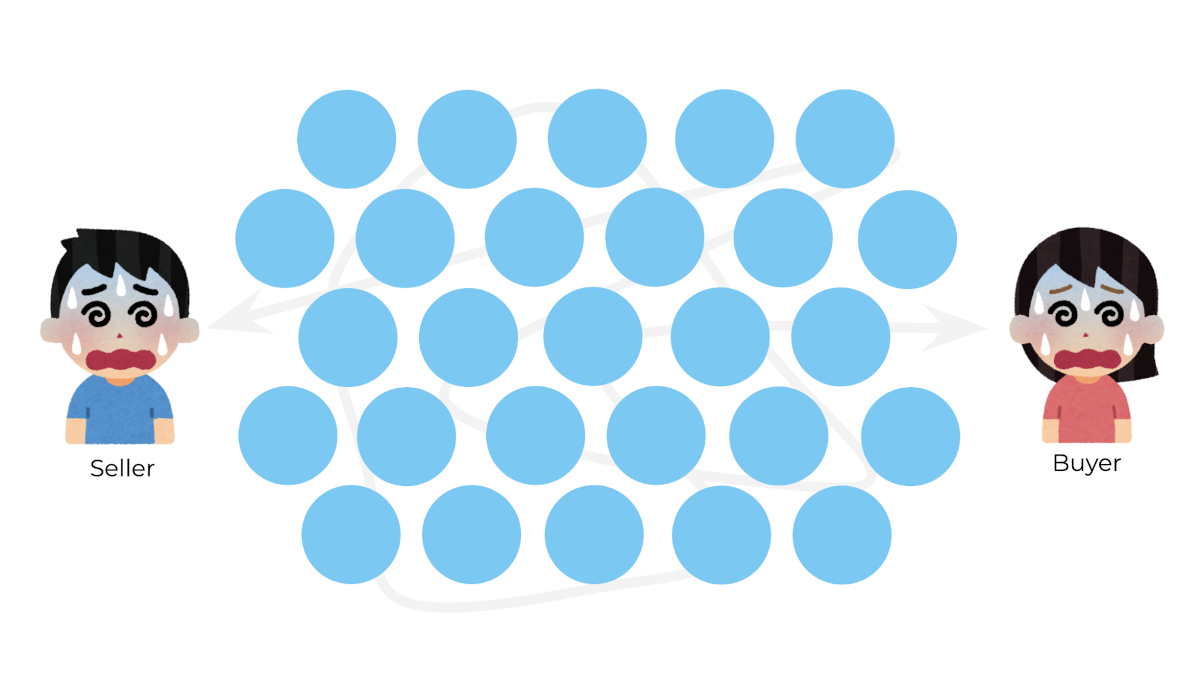
Why is metadata important? Metadata is important because structured data can make up for human fallibilities. By its definition, metadata is a set of data that describes and gives information about other data. For example, a blog article’s author, date created, date modified are examples of very basic document metadata. On the other hand, metadata that is related to our C2C domain may include an item’s brand, color, material, or size.
Let’s now imagine a scenario where marketplace’s items are little blue creatures.
Those creatures have different personalities and emotions but from the outside, they all look the same, they are blue, rounded, and all have the same size. Can we describe them in a structured way to allow everyone to understand what their feelings are? Utilizing different eyes and mouths combinations we can express their different emotions: sadness, happiness, etc. That’s an example of metadata: we are using data (eyes, mouths) that describe and give information about other data (emotions).
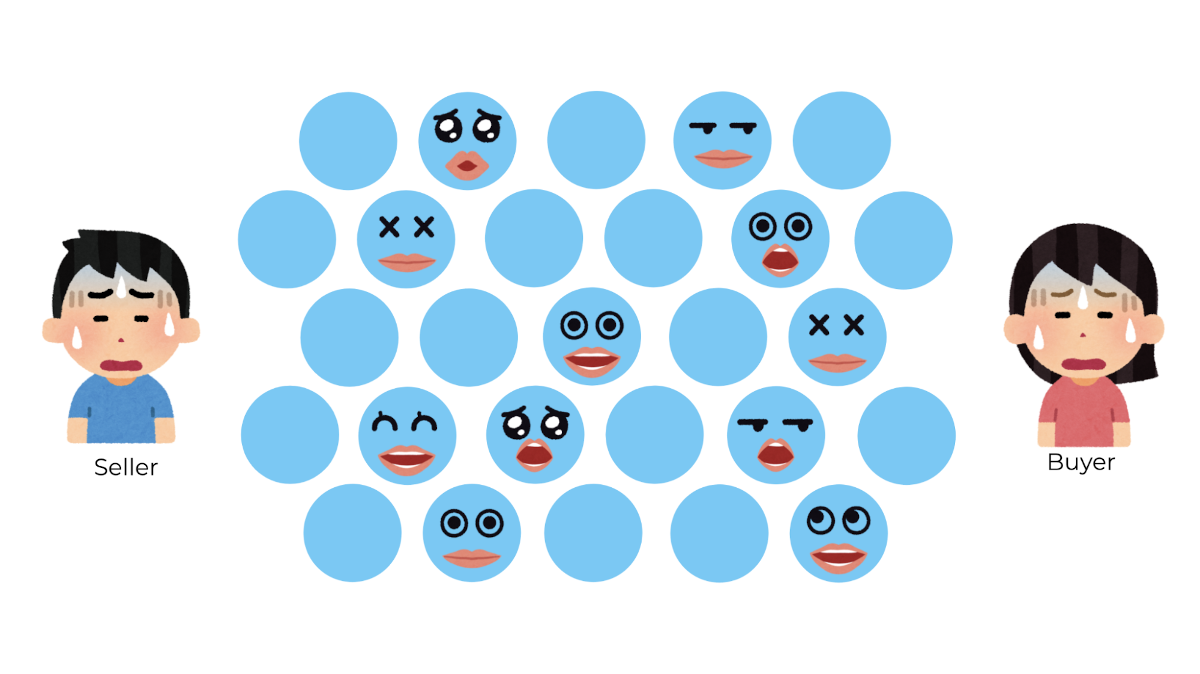
Once we can better describe items in a more structured way we can then leverage this information in different ways. One of the most common scenarios is to use metadata during search operations. Metadata is like the preview or highlights of our creatures’ emotions for the search algorithm. Without metadata, the search engines have to guess what the creatures are feeling.
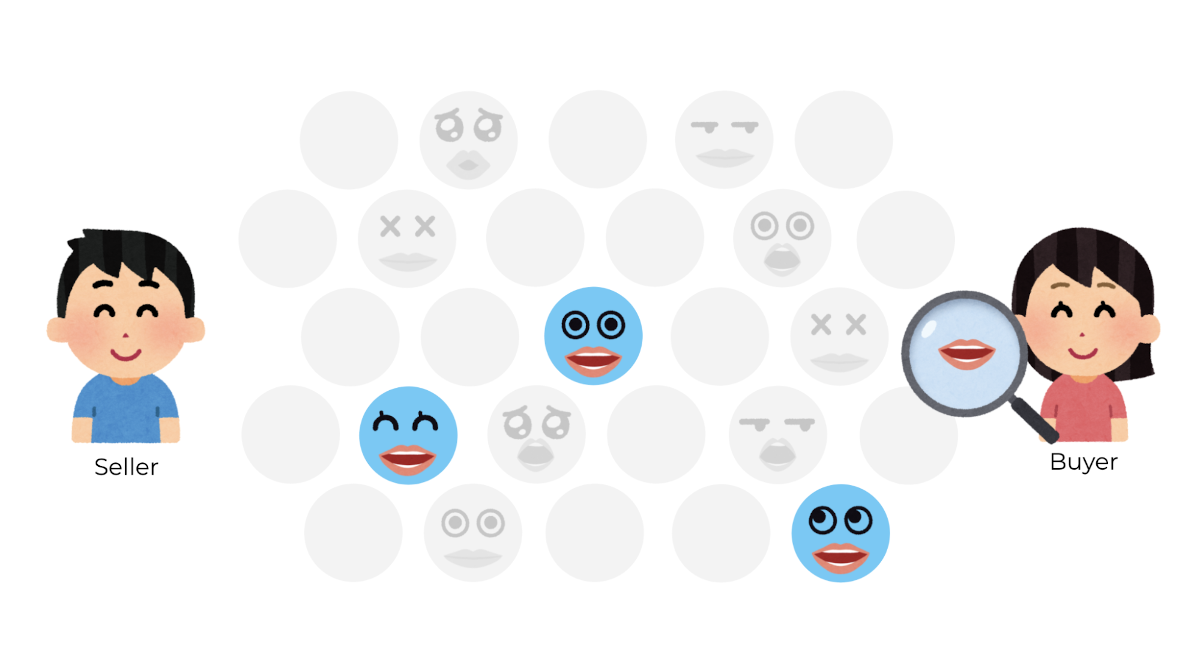
Leveraging good Metadata, we can offer sellers a better experience by suggesting what kind of item information is useful for potential buyers. Mercari can offer more specific user experiences depending on the category selected by the seller, and guide them to only input relevant metadata. On the other hand, we can offer buyers more tailored experiences through personalization and better matching. Buyers can curate their search with more specific information through better filters (e.g. https://en.wikipedia.org/wiki/Faceted_search). With more metadata, we can also offer new and better browsing experiences that go beyond traditional categories.
Finally, item metadata opens the door to deeper item understanding and meaningful analysis. How many creatures are feeling happy? We don’t need to guess but we can use metadata to analyze their emotional status.

A meaningful analysis can better drive targeted advertising, special offers, marketing campaigns, suggested products, always with the final goal in mind of creating solid and powerful connections between sellers and buyers. Metadata can also be further leveraged by modern machine learning algorithms to group items by similarity, order items by relevance, predict similar items, and perform other complex operations that modern software solutions can do on our behalf. This will allow us, over time, to improve sellability and ultimately lead to richer experiences for our customers.
Combining all the points mentioned above, Mercari will be able to better support future product development and marketing needs, helping our users to find and buy the right items. Of course, to collect and use metadata, we are not going to ask our users to add extra boring activities during the listing and buying process. Here are some of the most common features our customers can already utilize to collect and leverage metadata.
Ways to collect Metadata
Metadata Tagging
Metadata Tagging is a feature that helps our customers to easily select metadata options with few clicks. All the attributes are optional and this feature displays on some specific category items.
In the listing screen, based on the selected item category, you can choose metadata from a simple user interface. Just tap the different tags that better fit your item characteristics. For example, in the image below you can select Color, Design, Season, etc.
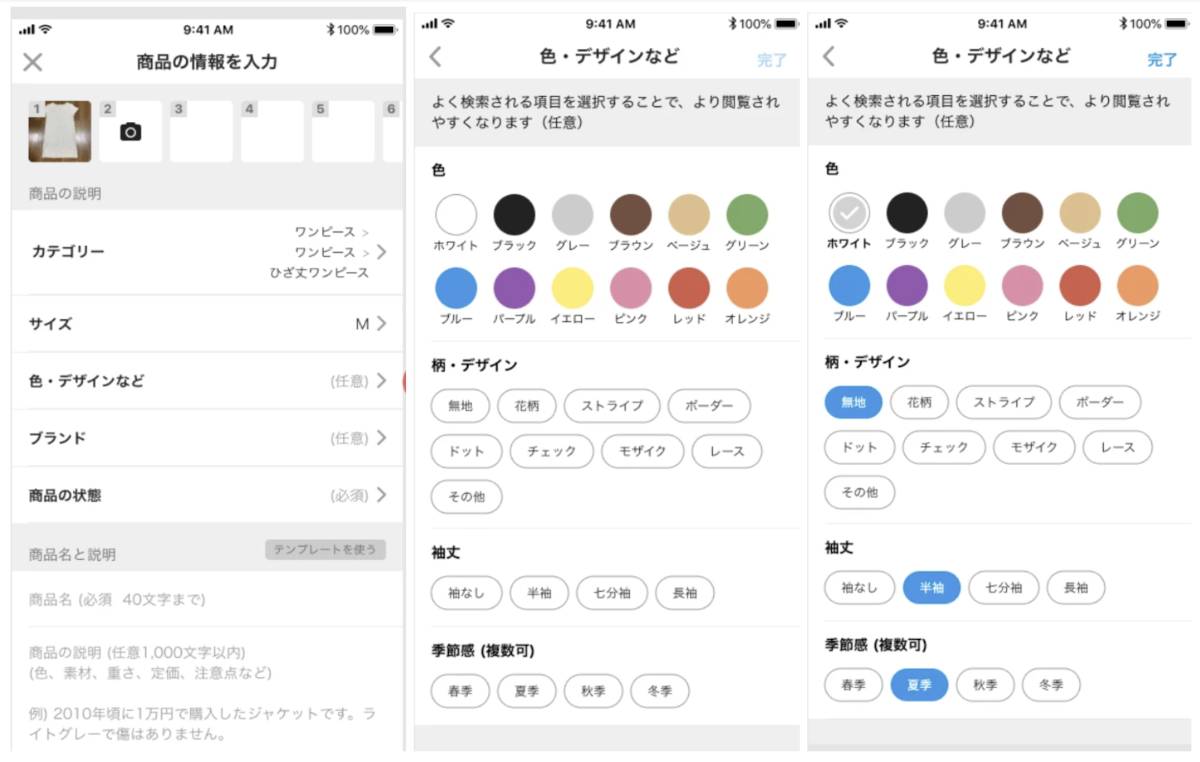
Barcode Scanning
Barcode Scanning is a feature that helps our customers list an item more easily. When the customer scans the barcode of the products, the product information is loaded from our systems, and auto fulfills the category, brand, and description automatically.
In the listing screen, based on the selected item category, you will be able to scan your item barcode by selecting the related button (highlighted in red). For example, in the image below you can scan a book barcode and get relevant information such as Title, Description, and Author filled in the listing screen.
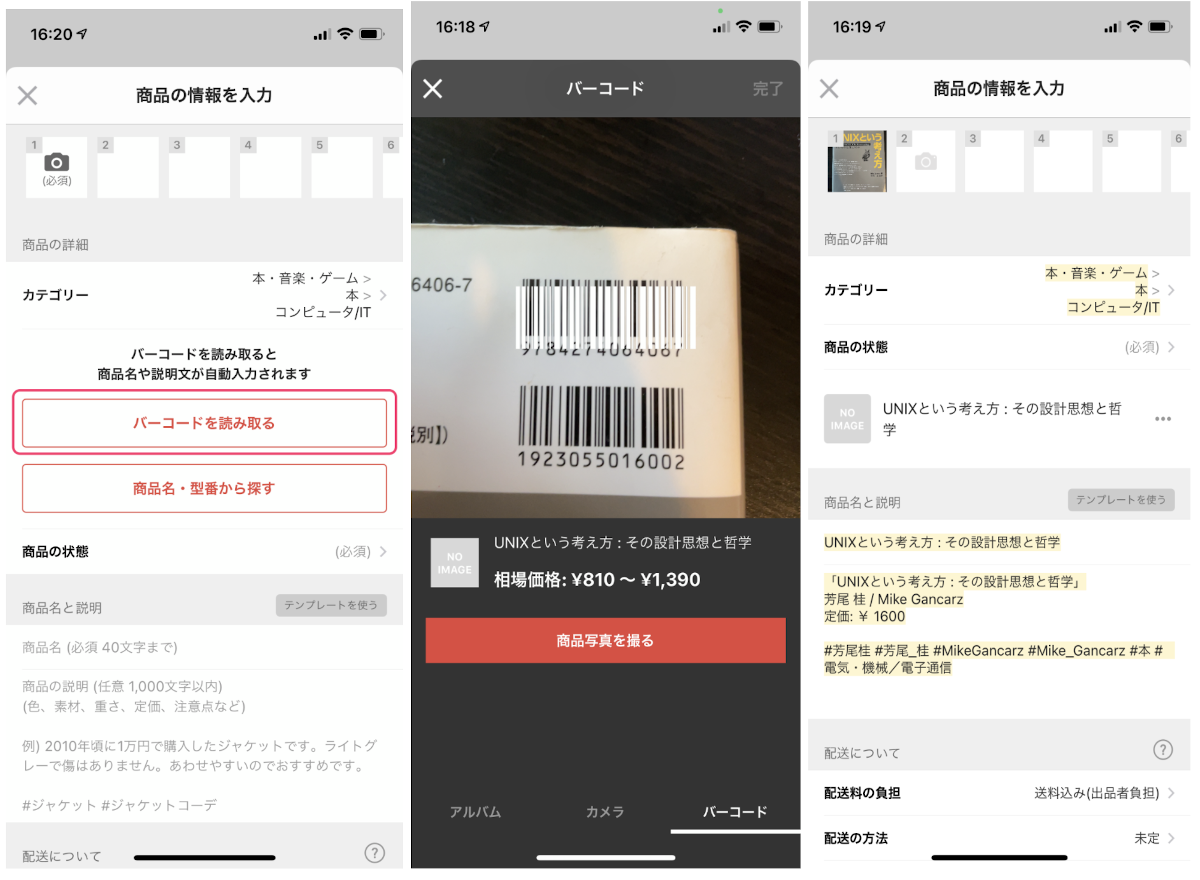
List From Catalog
List From Catalog is a feature that helps our customers list an item simply by picking the item’s name from a catalog. Like the barcode scanning feature, the product information, such as the title, description, and other fields, will then be filled in automatically.
In the listing screen, based on the selected item category, you can choose to list your item by searching the product name (highlighted in red). For example, in the image below you can search by book title, select the product that better matches your item and get all the information automatically filled in the user interface.
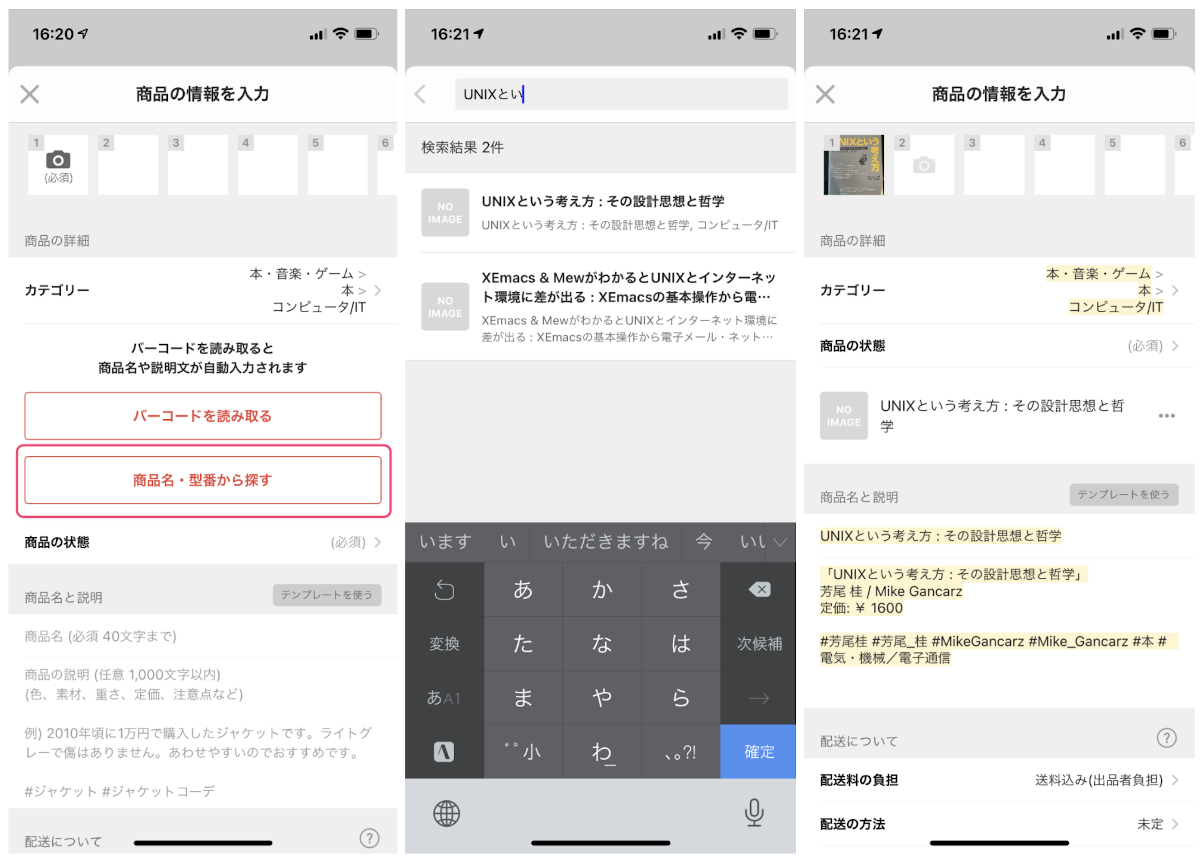
Applications of Metadata
Listing Product Suggestion
This feature predicts similar items from images. With the help of Metadata and Machine learning models, we can suggest to users some products that they are trying to list just by taking the image of the item to be listed. This feature not only utilizes but also collects metadata. The metadata is utilized in training models and metadata is collected in the form of mapping data.
In the listing screen, simply take a picture of your item. The same or similar product will be suggested by our system. Once selected, the user interface is automatically populated with relevant data. For example, the image below shows how you can easily list a hand cream starting from its picture.
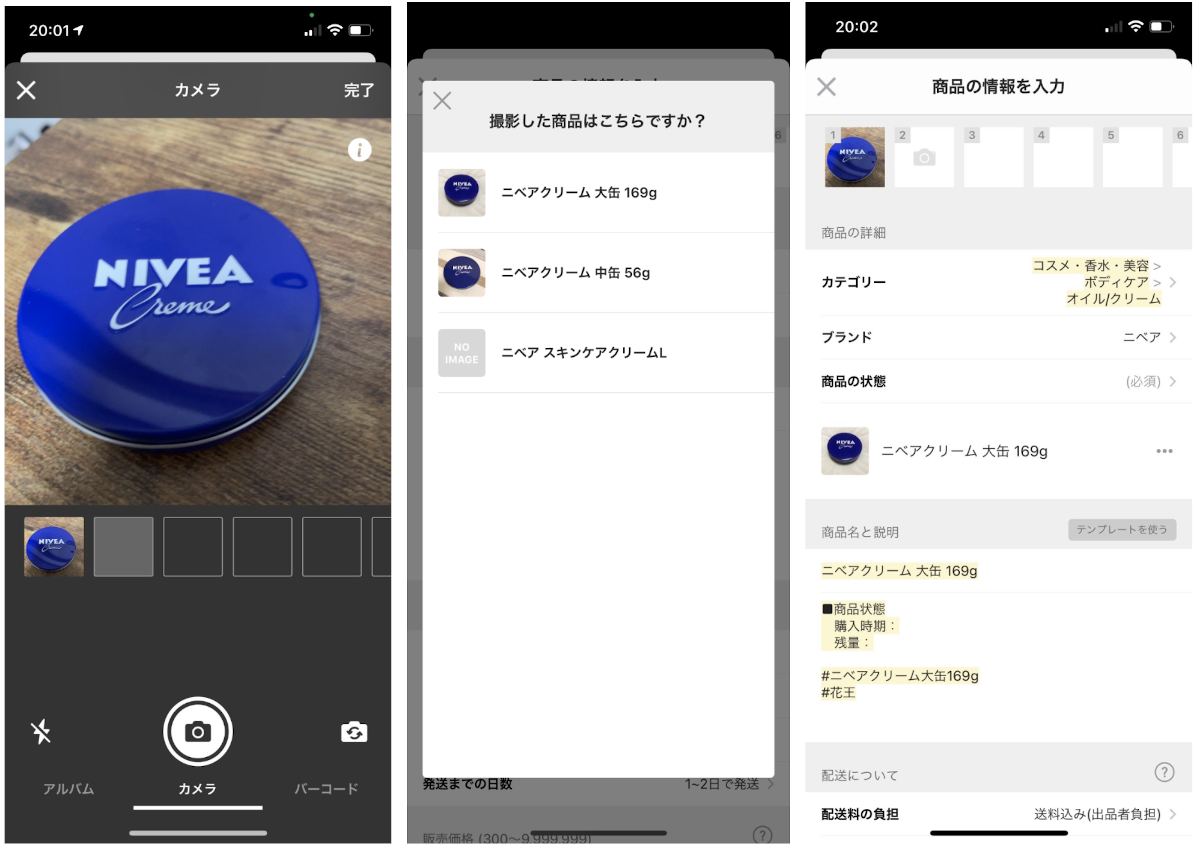
Search
Imagine you are searching for a Tablet, without metadata or filters based on metadata, you would have to scroll through every single listing that simply matches the Tablet keyword. However, thanks to metadata our customers can leverage new filters options during searches, such as Storage or Display size in the Tablet category. We started with a few categories and we are now expanding to an increasingly larger subset of our inventory.
For example, the image below shows how you can search a Tablet and refine your query to find only devices with a Display within a size between 12 and 12.9 inches.
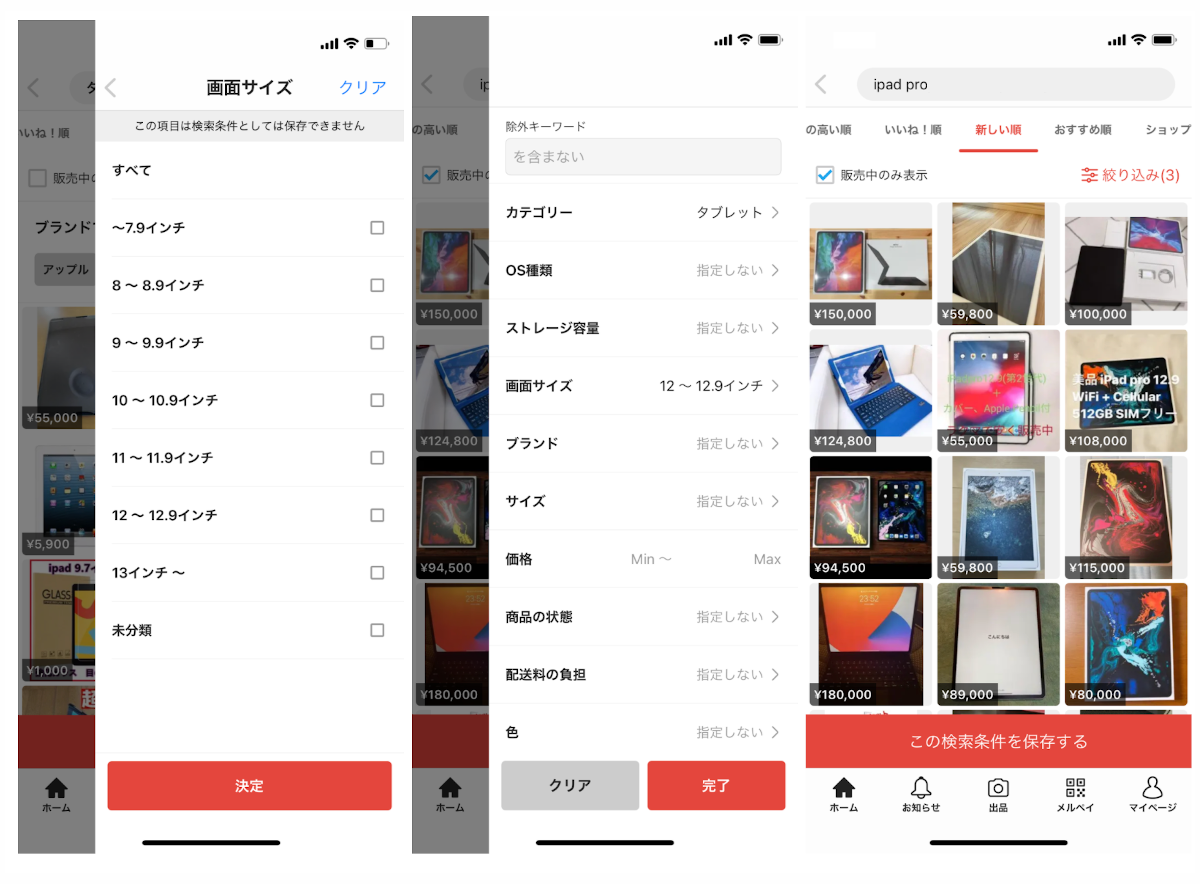
What’s next?
Enhancing item definitions with metadata, we can put the order in the chaos, creating solid bridges that connect people and items available in the Mercari marketplace. Translated into more real benefits it means selling items faster, getting better search results, proper search engine optimization, very well-targeted product listing advertisement, and advanced analytics. A win-win situation for buyers and sellers.
We are only at the beginning of our journey. Are you interested in further developing the Mercari app leveraging the power of metadata? Join us in our mission, we are hiring!
Tomorrow’s article will be by y-kazama. Look forward to it!
A very special thank you to @cournape, @nsega and @PrashantM who helped me so much in writing this blog post.



